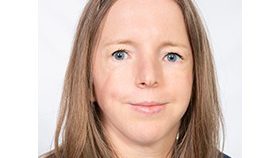One in 10 people who inject drugs used the anti-psychotic medicine quetiapine for non-medical purposes, says new report
Among 7,000 people who injected drugs (PWID) in Australia between 2011-2018, approximately one in 10 used the antipsychotic medicine quetiapine for non-medical purposes

